In a vertical tapered tube that expands from bottom to top, the gravity of the float with a circular cross-section is borne by the hydrodynamic force, and the float can rise and fall freely within the tapered tube. It moves up and down under the action of flow rate and buoyancy. After balancing with the weight of the float, it is transmitted to the dial to indicate the flow rate through magnetic coupling. Generally divided into glass and metal rotor flowmeters. metal rotameter is commonly used in industry. For corrosive media with small diameter, glass is usually used. Due to the fragility of glass material, rotameter made of precious metals such as titanium is also used for key control points.
The rotameter is a variable area flow meter based on float position measurement. It adopts an all-metal structure and modular concept design. It has small pressure loss, large range ratio (10:1), easy installation and maintenance, and can be widely used in complex and harsh environments. Flow measurement and process control of environmental and various media conditions.
Technical advantages of rotameter
Relying on the advantages of small pressure loss and large detection range, it has become a very commonly used flow measurement instrument in industrial control. It is not only easy to use, but also has strong compatibility and other advantages. It is especially suitable for medium flow measurement with low flow rate and small flow rate. Rotameters include local display type and intelligent remote transmission type, with pointer display, instantaneous flow rate, cumulative flow rate, LCD display, upper and lower limit alarm output, cumulative pulse output, standard two-wire 4-20mA current output, etc. , providing users with a very broad choice space. In addition, the instrument adopts a high-quality MCU microprocessing system to ensure the excellent performance of the rotameter in various application places.
Over the years, rotameter flowmeters have been widely favored by industries such as petrochemical, steel, electric power, metallurgy, and light industry due to their excellent performance and reliability, as well as their good performance-price ratio.
1. Suitable for small pipe diameter and low flow rate
2. Reliable work, low maintenance, long life
3. The requirements for the downstream straight pipe section are not high.
4. Has a wide flow range of 10:1
5. The local pointer indication is close to linear
6. The intelligent indicator has an LCD display, which can display instantaneous and cumulative flow, and can also output pulses and alarms.
7.With temperature compensation
8. There are local type, remote transmission type, jacket type, horizontal type, explosion-proof type, corrosion-resistant type, etc.
1. Structure
metal tube float flowmeter mainly consists of three parts
a. Indicator (intelligent indicator, local indicator)
b. Float
c. Conical measuring room
Introduction to the application of rotameter
basic
Glass rotor flow meters are widely used in chemical industry, petroleum, light industry, medicine, environmental protection, food and measurement testing, scientific research and other departments to measure the flow rate of single-phase non-pulsating fluid (liquid or gas).
The glass rotor flowmeter has strong corrosion resistance and can detect the flow of acids (except hydrofluoric acid), alkali, oxidants and other corrosive gases or liquids. It is suitable for chemical, pharmaceutical, papermaking, sewage treatment and other industries.
Measuring method of rotameter
Connect a transparent water pipe, use a water column to increase the pressure, use a high-sensitivity digital multimeter to measure the voltage, and connect the sensor to 12v voltage. Record data. If there is a linear relationship, it means the performance is stable and can be used. The differential pressure sensor is connected to the two pressure pipes through the air pipe. When liquid flows through the catheter, a pressure difference will occur between the input pipe and the output pipe, and the pressure in the input pipe is greater than the pressure in the output pipe. This pressure difference is detected by a differential pressure sensor and converted into a voltage signal.
Fault debugging expectations of rotameter during debugging period Faults generally occur during the instrument installation and debugging stage. once eliminated, they will generally not reoccur under the same conditions in the future. Common faults during commissioning are generally caused by improper installation, environmental interference, and fluid characteristics. The output signal will also fluctuate to a certain extent. When two or more liquids are mixed in a pipeline, if there is a difference in conductivity (or potential between each liquid and the electrode), the liquid will enter the flow sensor for flow measurement before the mixing is even, and the output signal will also fluctuate. The sensor can be installed horizontally and vertically, but it should be ensured to avoid the influence of sediments and air bubbles on the measuring electrode, and the electrode axis should be kept horizontal. When installed vertically, fluid should flow from bottom to top. The sensor cannot be installed at a high position in the pipe, as air bubbles may easily accumulate in this position.
In order to prevent the rotor from touching the pipe wall when moving up and down the center line of the tapered tube, two methods are usually used: one is to install a guide mandrel in the center of the rotor to keep the rotor moving on the center line of the tapered tube. The other is to move up and down. There are chute grooves on the edge of the rotor disk. When the fluid flows through the rotor from bottom to top, one side bypasses the rotor and at the same time passes through the chute to generate a reverse thrust, making the rotor not move around the center line. By rotating continuously, the rotor can be kept from hitting the pipe wall during operation. The rotor material of the rotameter can be made of stainless steel, aluminum, bronze, etc.
The following 9 points should be paid attention to when installing the rotameter:
Rotameter flowmeters are widely favored by industries such as petrochemical, steel, electric power, metallurgy, and light industry due to their excellent performance and reliability, as well as their good performance-price ratio.
In order for the rotameter to work properly and achieve a certain measurement accuracy, the following points should be noted when installing the flowmeter:
1. The rotameter must be installed vertically on a vibration-free pipe. The fluid flows through the flowmeter from bottom to top, and the verticality is better than 2°. When installed horizontally, the horizontal angle is better than 2°; (there are now rotor flowmeters that can be installed horizontally)
2. In order to facilitate the maintenance and replacement of flow meters and cleaning of measurement pipes, metal tube float flow meters installed on process pipelines should be equipped with bypass pipes and bypass valves;
3. There should be a straight pipe section with a length of more than 5 times the pipe diameter at the inlet of the rotameter, and a 250mm straight pipe section at the outlet;
4. If the medium contains ferromagnetic substances, a magnetic filter should be installed; if the medium contains solid impurities, a filter should be considered between the valve and the straight pipe section;
5. When used for gas measurement, the pipeline pressure should be ensured to be no less than 5 times the pressure loss of the flow meter so that the float can work stably;
6. In order to avoid deformation of the flow meter due to pipelines, the flange of the process pipeline must be coaxial with the flange of the flow meter and parallel to each other. The pipeline must be supported to avoid pipeline vibration and reduce the axial load of the flow meter. Control in the measurement system The valve should be installed downstream of the flow meter:
7. When measuring gas, if the gas is directly discharged to the atmosphere at the outlet of the flow meter, a valve should be installed at the outlet of the meter. Otherwise, a pressure drop will occur at the float and cause data distortion.
8. When installing a PTFE-lined instrument, do not overtighten the flange nut asymmetrically to avoid deformation of the PTFE lining;
9. For instruments with LCD displays, try to avoid direct sunlight on the display to avoid reducing the service life of the LCD; for instruments with lithium battery power supply, try to avoid direct sunlight and high-temperature environments (≥65°C) to avoid reducing the capacity and capacity of the lithium battery. life.



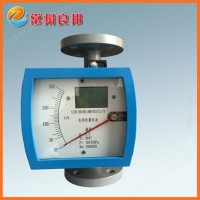



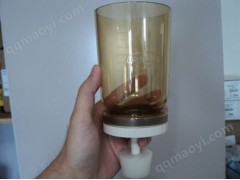
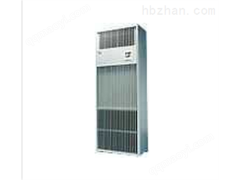
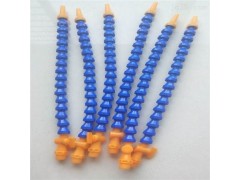
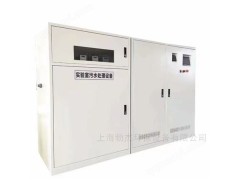


 Year1
Year1 Passedcertification
Passedcertification 




 Supply customized plastic pipe ca
Supply customized plastic pipe ca
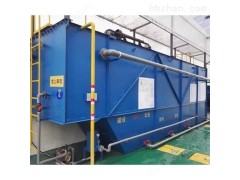 Which is the best dissolved air f
Which is the best dissolved air f
 Engineering plastic drag chain su
Engineering plastic drag chain su
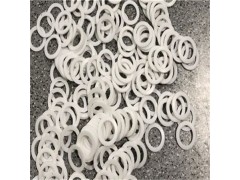 Plastic PTFE gasket wholesale
Plastic PTFE gasket wholesale
 WhatsApp
WhatsApp





